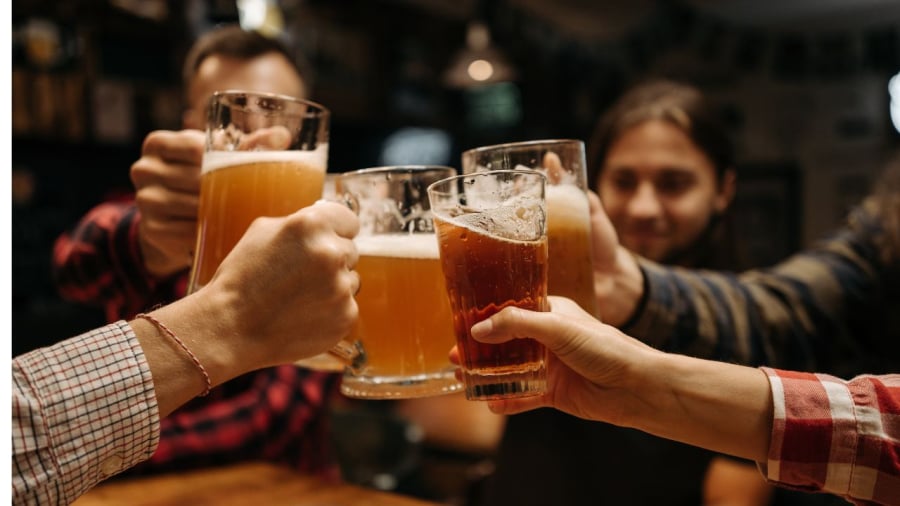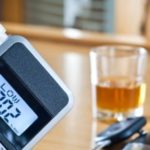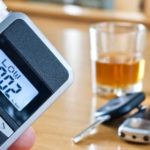Consuming alcoholic beverages or dishes containing alcohol results in the absorption of a certain amount of alcohol into the bloodstream. Understanding how to calculate alcohol clearance time not only helps protect your health but also keeps you on the right side of traffic laws, especially as legislation tightens around blood alcohol concentration (BAC) limits for operating vehicles.
1. How Much Alcohol Is in a Standard Drink?
To determine alcohol clearance time, it’s essential to know that a standard drink contains approximately 10g of pure ethanol. This amount can be specifically converted as follows:
- 200ml of beer (about one bottle or a standard cup)
- 75ml of wine (equivalent to a small glass)
- 25ml of spirits (about a small shot)
Based on the amount of alcohol consumed, you can estimate the number of standard drinks your body has absorbed and then calculate the time needed for complete elimination.

2. Alcohol Clearance Rate in the Body
Typically, a healthy adult can eliminate, on average, one standard drink per hour through the liver’s activity. However, this rate varies across individuals and is influenced by several factors, including:
- Health conditions (a weakened liver may clear alcohol more slowly)
- Gender (women tend to metabolize alcohol at a slower rate than men)
- Hunger or fullness when drinking
- Drinking pace (drinking quickly or slowly)
Additionally, about 10-15% of the alcohol is eliminated through breath, sweat, and urine, while the majority, 85-90%, is metabolized by the liver.
3. Example Calculation of Alcohol Clearance Time
If you consume two standard drinks, equivalent to three units of alcohol, a healthy individual’s body will require a minimum of three hours to eliminate this amount. However, after the alcohol is metabolized, it takes approximately two to three more hours for the BAC to return to absolute zero. Therefore, the safe time to drive could be up to five to six hours after consuming just two standard drinks.
For individuals with weaker constitutions or impaired liver function, this timeframe may be extended, resulting in a longer presence of alcohol in the body than initially predicted.

4. Factors Influencing Alcohol Clearance Rate
In addition to the amount consumed and individual physiology, other factors also influence the rate of alcohol clearance:
- Eating a large meal before drinking: When the stomach is full, alcohol is absorbed more slowly. Only 20% of the alcohol is absorbed in the stomach, and the remaining 80% passes through the small intestine, prolonging the metabolism process.
- Drinking pace: Drinking large amounts in a short time increases BAC rapidly, overworking the liver. Conversely, when BAC is low, the elimination rate slows down.
- Type of alcohol: Spirits contain more alcohol, resulting in a longer elimination time compared to beer or wine.
5. Strategies to Support Faster Alcohol Clearance
Although the body has a self-clearing mechanism for alcohol, certain measures can expedite the process:
- Drink plenty of water: This helps increase urination, supporting the efficient functioning of the liver and kidneys.
- Intravenous fluid administration (if necessary): In cases of severe intoxication, IV fluids can help alleviate symptoms more quickly.
- Drink tea or coffee: These beverages may act as diuretics, aiding in alcohol excretion through urination.
- Use hangover remedies: Drinks like mung bean water, arrowroot powder water, or honey water support liver function and soothe the body.
- Talk a lot: Increased breathing also contributes to a small amount of alcohol excretion through respiration.
However, these methods only provide temporary relief and do not guarantee that BAC has returned to zero. Therefore, do not confuse sobriety with a “zero BAC.” According to current Vietnamese regulations, any detectable BAC is considered a traffic offense, even if it hasn’t reached the 0.25mg/L threshold. This means that a single drink could result in a violation if tested within one to two hours of consumption.
Consequently, if you plan to drive, refrain from consuming any alcohol at least five to six hours beforehand, even in small quantities.
Conclusion:
Understanding how to calculate alcohol clearance time empowers you to make informed decisions about your health and traffic law compliance. However, due to the many factors influencing alcohol metabolism, predicting the exact time remains challenging. The safest approach to avoid risks is to abstain from drinking altogether when operating vehicles.
Develop responsible drinking habits and avoid letting “overindulgence” lead to accidents or legal consequences.






































